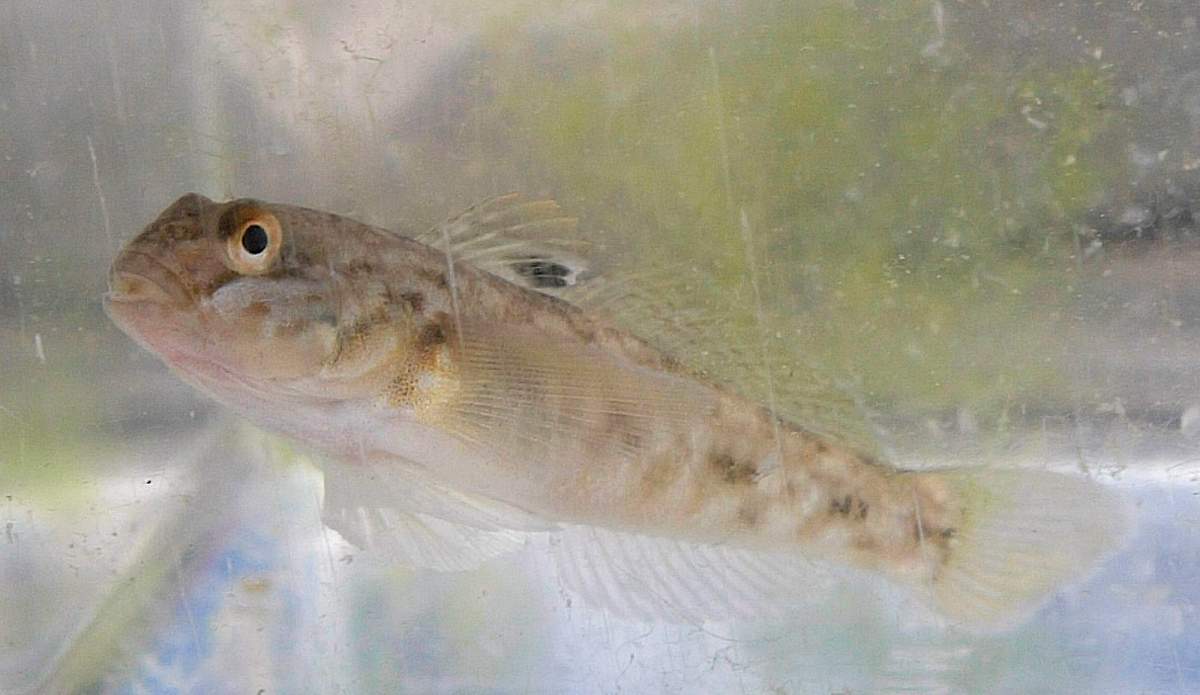The Round Goby has been found in the Rideau Canal waterway, the first time the invasive species has been found this far north from the great lakes.

The species, which is native to Black Sea and the Caspian Sea, was first found in the Great Lakes in the 90s and is believed to have been introduced to Canada after being carried in ballast water on ships.
In this case, though, Dr. Steven Cooke, a conservation researcher at Carleton University, says the potential reason behind the fish’s appearance in the Rideau Canal is most likely not from migration from the lakes.
According to Cooke, Parks Canada discovered the fish in the canal locks after they were drained from the river. This prompted Cooke and his research team, who were already working on fish movement patterns in the area, to begin catching and tagging the fish.
“The Goby was introduced most-likely by an angler who used them as live bait,” said Cooke.

Get breaking National news
According to Cooke, the Goby is a benthic fish which means they reside on the bottom of the body of water they live in.
“They do really well in this part of the world,” said Cooke.
Cooke goes on to say that the Goby competes with fish that are prey to larger fish such as bass and pike. The Goby will even feast on the eggs of the bass as they lay them in nests on the bottom.
Cooke says that while this may not be an issue while the population is low as the male bass can defend the nest, once they proliferate defending the nest becomes almost impossible except for the larger bass.
This, according to Cooke, leaves the largest bass who then learn they can eat the Goby which makes them even bigger.
While anglers may love the idea of a fat bass, Cooke says this could have a huge impact of the food web in the area that may not be evident until many years from now.
Cooke says, though, with the way the canal is fragmented, it’s difficult for the Goby to get around and their numbers are still low. Cooke and his team are only catching about three or four a day as opposed to the couple of dozen of other fish. The Goby, in this case, are also focused around the locks in Smiths Falls which is why Cooke believes an angler introduced them there.
The project calls for 50 fish to be tagged and with only a couple of fish caught a day, Cooke says it may take a while to use up the tags.
As for what the average angler can do in the meantime, Cooke says there are two very easy options to help stop the spread of the Goby, in fact, it’s the law.
“Don’t be moving fish around and if you’re bringing live bait fish to another body of water, throw them away somewhere onshore,” said Cooke.








Comments